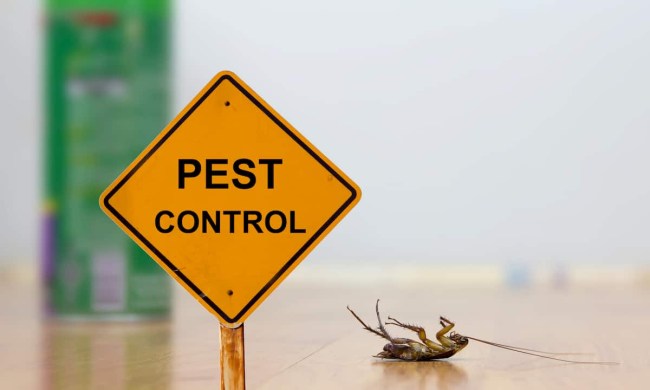
Do you wash your sheets often enough? How do you wash them? If you’re like most busy folks, you toss them in, wash them on whatever setting suits you, and dry them until they’re bone dry, leaving them in the dryer until you’re ready to throw them on the bed – usually minutes before bedtime. But what if we told you there was a better way to do it, with prime softness and cleanliness in mind, which could keep your sheets in great condition for years to come?
Come learn how to wash sheets like the pros, and never throw away a set of sheets again.
How often should you wash your sheets?
Under normal circumstances, you should wash your sheets weekly. If you can’t get to it that often, bi-weekly generally works too. If someone is sick in bed, however, washing them daily or every other day is in order — the same if you are particularly sensitive to dust or allergens. Dust, fungi, and bacteria build up the longer you leave sheets on the bed.
What kind of sheets do you have?
Not all sheets are created equal — especially not where washing them is concerned. The first step to optimal sheet washing is to check your sheets for a care instructions label. This tag will normally tell you exactly how to wash them for best results. If you can’t find this tag, follow along here for how to wash cotton or cotton/polyester blend sheets. If you have another type of fabric, seek out instructions on that specifically for best results, i.e. satin, silk, flannel, weighted blankets, etc.
Choose the right temperature setting and products
For cotton and cotton/polyester blend sheets, hot water with a strong, name brand detergent is usually best. However, if you want softer sheets with a longer lifespan, opt for a gentler detergent and a little cooler water (usually warm is fine). You may wish to use a stain remover and fabric softener too. Our favorites are:
- OxiClean versatile stain remover: this is our favorite stain remover. Just make a paste of it and massage into both sides of a stain pre-washing and let sit for several minutes. If the stain still isn’t out once taken from the washer, do it again before drying. *Always check for stains before drying your sheets. Don’t dry them if you see stains; hang them over the shower curtain rod until you have time to wash them again with more carefully applied stain remover.
- Seventh Generation Free & Clear, fragrance-free: This is our chosen gentle detergent. Use as directed for best results.
- For the fabric softener? We put in about 1/4 cup of white vinegar. No, your laundry won’t smell like vinegar. It will, however, be soft and fragrance-free! The vinegar helps keep your washing machine clean, too.
Make sure when choosing your detergent that bleach is not used. Only use detergents that were made to brighten whites, however not with chlorine bleach!
Choose the best cycle
If your washing machine doesn’t have a setting specifically for sheets, just select the normal or gentle cycle for best results. Wash your sheets and pillowcases by themselves instead of washing with towels or other items. You don’t need too much agitation to get sheets clean, and never use scalding hot water. It can cause unnecessary shrinkage.
If someone is sick in the house
Go ahead and wash your sheets in hotter water if someone is sick in the household, or if you have sensitivity to allergens, etc., as this kills the most germs.
Line drying or dryer
Even though she had a dryer, my grandmother always line-dried her sheets, towels, and clothing outside unless there was a storm coming — then she would air dry them with a line strung across the basement instead. This is a nice indulgence if you have the time and space for it — and it helps minimize shrinkage, too. Otherwise, dryers are fine as well, as long as you tumble dry your sheets on a low heat setting for a short time.
How to break in new sheets (or just cheap, un-comfy sheets)
If your new sheets feel stiff to the touch, soften them up a bit by washing them with a cup of baking soda instead of laundry detergent using a normal, casual cycle with warm water the first time. Follow up with a cup of white vinegar as your fabric softener, and turn the water to cold for that final rinse cycle.
Remove from the dryer right away and fold carefully
Your best bet for storing sheets is to remove them from the hot dryer as soon as they’re dry and fold them up carefully for safe-keeping. This minimizes wear and tear, discoloration, and shrinkage.
So, what kind of sheets do you need to wash? Will you be using any of our tips today? If you’re interested in more sleep-related topics, check out if there are benefits to sleeping without a pillow.



